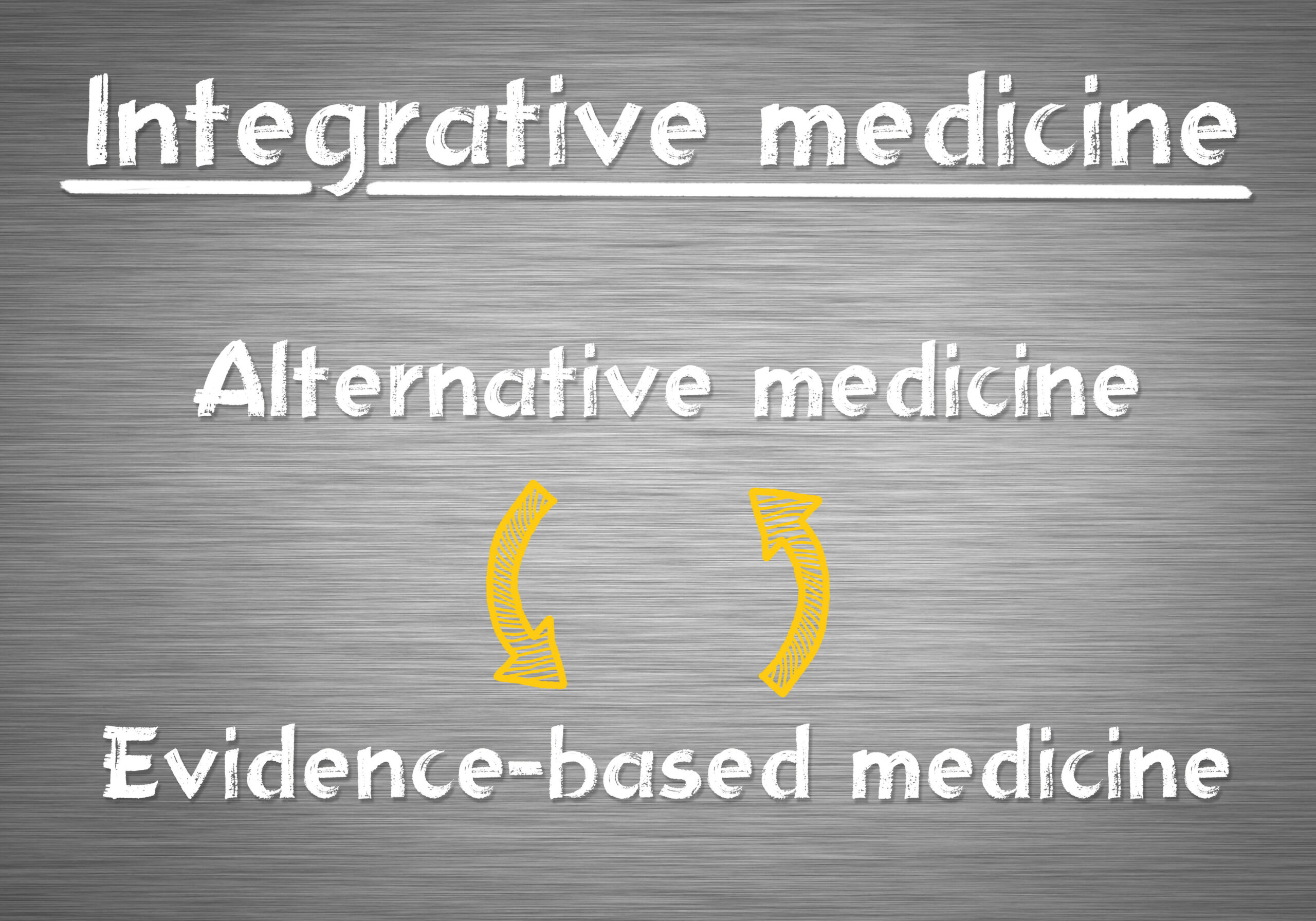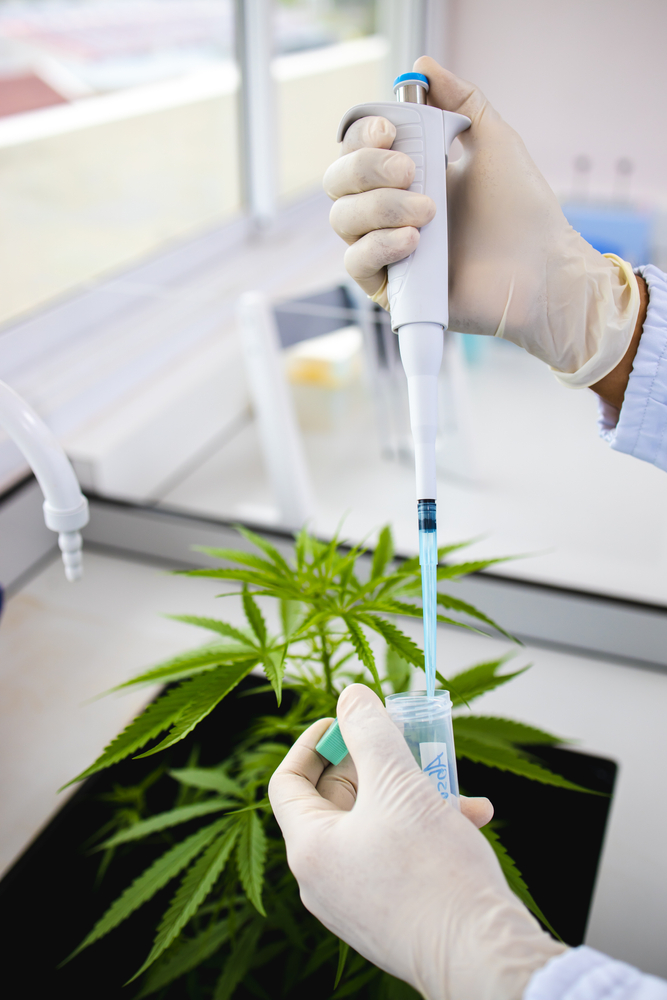The use of cannabis for medical purposes has a millennial origin. However, until the last century, little was scientifically known about it.
Researchers began to unravel the broad therapeutic potential of this plant only in the early 1990s and found the endocannabinoid system to be the contributing factor.
The endocannabinoid system is a vital regulatory system in humans and all vertebrate animals. It is involved in all physiological and pathological processes.
The interaction of endocannabinoid receptors with their major ligands regulates and modulates stress, emotions, digestion, pain, cardiovascular function, immune system and inflammatory processes, nervous system development, synaptic plasticity, learning and memory processes, movement coordination, metabolism and energy expenditure, appetite regulation, sleep-wake cycle, and until the temperature regulation.
This receptor–ligand interaction can be stimulated and modulated by chemical compounds present in the cannabis plant. Phytocannabinoids and terpenes obtained from cannabis balance the endocannabinoid system, increasing the quality of life and well-being of patients with various pathological diseases.
In this post, we will detail how the endocannabinoid system works and the potential of the cannabis chemical compounds in stabilizing and modulating this system.
What is the Endocannabinoid System?
The endocannabinoid system is a collection of receptors, ligands, and enzymes that act as signaling pathways between the cells, contributing to a wide range of functions in the body.
The endocannabinoid receptors and endocannabinoid substances are distributed throughout the organs and systems of the body. The balance of the body’s systems is essential for health. Any imbalance in physiological functions can result in diseases and pathological conditions. homeostase do nosso organismo.
Endocannabinoid receptors and endocannabinoid substances are implicated in different functions, including maintaining and restoring the stability of physiological functions, thereby establishing homeostasis.
How the Endocannabinoid System Works?
Studies have demonstrated that deficiencies in the functioning of the endocannabinoid system significantly interfere with the development and progression of several diseases, such as migraine, fibromyalgia, Parkinson’s disease, Alzheimer’s disease, autism, gastrointestinal disorders, metabolic syndrome, psoriasis, among many others.
The main endocannabinoid receptors studied so far have been called CB1 and CB2.
CB1 and CB2 receptors
The CB1 receptor is densely present in the central nervous system, mainly in the cortex, cerebellum, hippocampus, and nuclei of the base. However, they are also present in the enteric nervous system (ENS), adipose cells, endothelial cells, liver, and gastrointestinal tract.
CB2 receptors are widely present in cells and tissues of the immune system, highlighting the anti-inflammatory and immunomodulatory potentials of these receptors.
Endocannabinoids ligands
The human body can produce cannabinoids. Endocannabinoids bind to the endocannabinoid receptors to exert specific effects according to each binding.
The first endocannabinoid to be discovered was N-arachidonoylethanolamine (AEA). AEA binds to CB1 receptors to modulate pain, mood, appetite, and memory.
A second endocannabinoid discovered, extremely abundant in the central nervous system, 2-arachidonoylglycerol (2AG), acts on both CB1 and CB2 receptors to modulate the synaptic plasticity of learning and memory processes.
We will next discuss certain potentials of cannabis in maintaining the homeostasis of the endocannabinoid system.
Cannabis as a Balancer of the Endocannabinoid System
The endocannabinoid system is responsible for proper communication and coordinates the intersections of several systems in the body.
Upon stimulation, endocannabinoid receptors trigger physiological mechanisms that regulate a series of functions, such as inflammatory processes and neuronal signaling.
The primary chemical elements in cannabis, i.e., phytocannabinoids and terpenes, stimulate the endocannabinoid receptors and interact with the endocannabinoids to interfere with aspects such as appetite regulation, metabolic expenditure, sleep quality, learning processes, and memory.
We list some disorders that have shown positive results with cannabinoid therapy below.
Anxiety Disorders
Several studies highlight the beneficial effects of cannabis chemovar on people with Parkinson’s disease. The primary outcome was an improvement in the quality of life and well-being of the patients evaluated, especially in reducing non-motor symptoms, such as sleep and mood disorders and psychoses.
Parkinson’s Disease
Studies highlight the beneficial effects of cannabis chemovar on people with Parkinson’s disease. The primary outcome was an improvement in the quality of life and well-being of the patients evaluated, especially in reducing non-motor symptoms, such as sleep and mood disorders and psychoses.
Autism Spectrum Disorder (ASD)
Recent studies show that phytocannabinoids could be effective in the adjunctive treatment of symptoms common to those with autism, such as sleep disturbances, anxiety, psychomotor agitation, and seizures.
Compreender o funcionamento do Sistema Endocanabinoide em toda a sua complexidade é o primeiro passo para quem deseja incorporar medicamentos derivados de canabinoides em sua prática clínica e oferecer aos pacientes alternativas terapêuticas seguras e eficazes, sempre baseadas em evidências científicas. Confira o nosso Guia e entenda como interagem o Sistema Endocanabinoide, seus receptores e os fitocanabinoides.

The WeCann Academy is committed to this learning journey. We connect with experts from around the world as part of a global community on endocannabinoid system research and studies, linking scientific knowledge and practical experience.
Do you want to take part in this community? Contact us and learn more about it!




